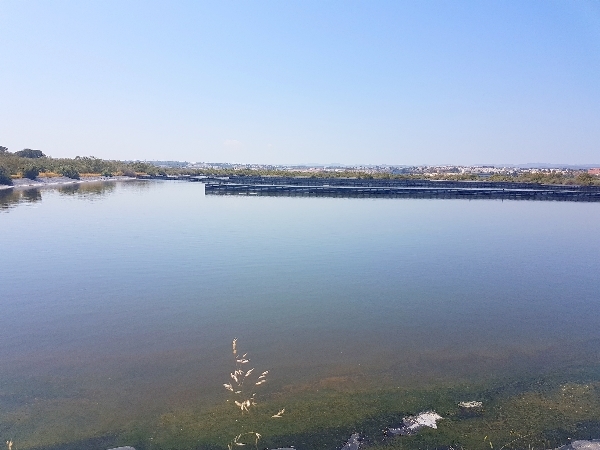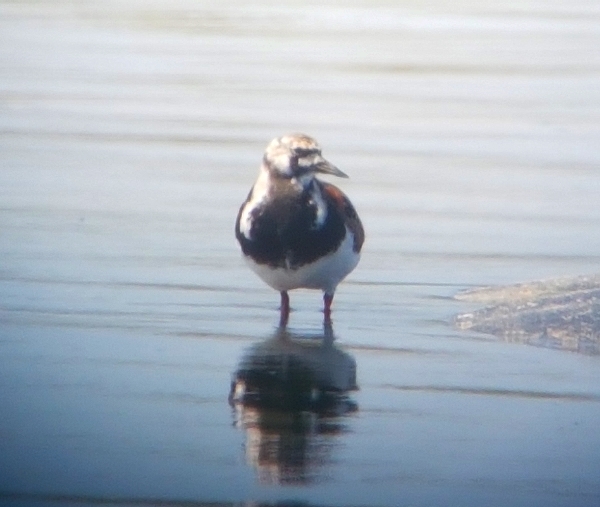
TRANSFER FROM THE ALENTEJO TO THE ALGARVE COAST AT TAVIRA – WITH STOPS AT BARRANCO VELHO
WEATHER; another cloudy start that cleared as we got near the coast.
Our departure from the beautiful town of Mértola was a leisurely affair, we had breakfast at 7am and by 8:30am we were all packed and ready to go, we headed south towards the coast passing through Almodóvar and down towards Loulé.
We saw many species along the way and we made frequent roadside stops to search valleys and hilltops for raptors and passerines alike. The Iberian Magpie was positively common, in fact we saw far more Magpies than Corn Buntings! Very few birds of prey were seen, I can only remember seeing one very distant Short-toed Eagle and a single Common Buzzard sitting on a fence post.
But the number of Iberian Grey Shrikes on wires was encouraging, we passed through the most beautiful scenery, the landscape changed from rolling hills of grassland and eucalyptus woodland to Cork Oak Forest in lush green valleys. During our frequent stops we saw Sardinian Warbler, Woodlark, Common Chaffinch, lots of White Storks up on the thermals and sitting on posts and wires as we drove past we saw Common Redstart, Black-eared Wheatear, Woodchat Shrike, Common Stonechat, Eurasian Jay, Eurasian Jackdaw, Carrion Crow and Corn Bunting.
Our stop at Barranco Velho was relatively brief, we drove down to the popular picturesque spot at the Fuente do Baramola, which is a very nice walk alongside a river to a famous spring and fountain. It was crowed with walkers and family parties, the sun was hot and not many birds were singing. We heard Common Nightingale, Blackcap, Sardinian Warbler, Cetti’s Warbler and Golden Oriole.

DOWN BY THE RIVER AT FUENTE DA BARAMOLA
What we actually saw was, very little, I think an early morning visit would have been much more productive. However, we did list a few species, Blackcap, Eurasian Nuthatch, Rock Bunting, Cirl Bunting and Crag Martin spring to mind.

Crag Martin
After a lovely lunch sitting on a sunny terrace we drove the leg of the journey to Tavira where an ice-cream stop was forced upon me! Our next hiotelwas situated in the middle of the marshes and salt pans at Tavira and to get there we had to pass several lagoons and salt pans all of which had birds in them.

Salt Pans at Tavira
The most common species were waders; Pied Avocet, Sanderling, Dunlin, Ruddy Turnstone, Common Ringed Plover and Kentish Plover. We also saw a few duck species; Mallard, Gadwall, Common Shelduck and a single Northern Shoveler.

Ruddy Turnstone
We checked-in at the hotel around 4:30 pm and we decided to call it day, so we had over 2 hours to relax and get ready for dinner which was a lush affair. A tremendous buffet dinner was available with all kinds of delicious food on offer, yummy!
